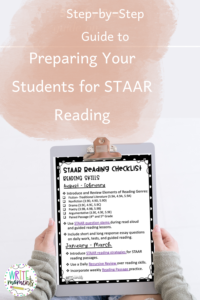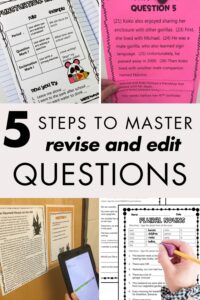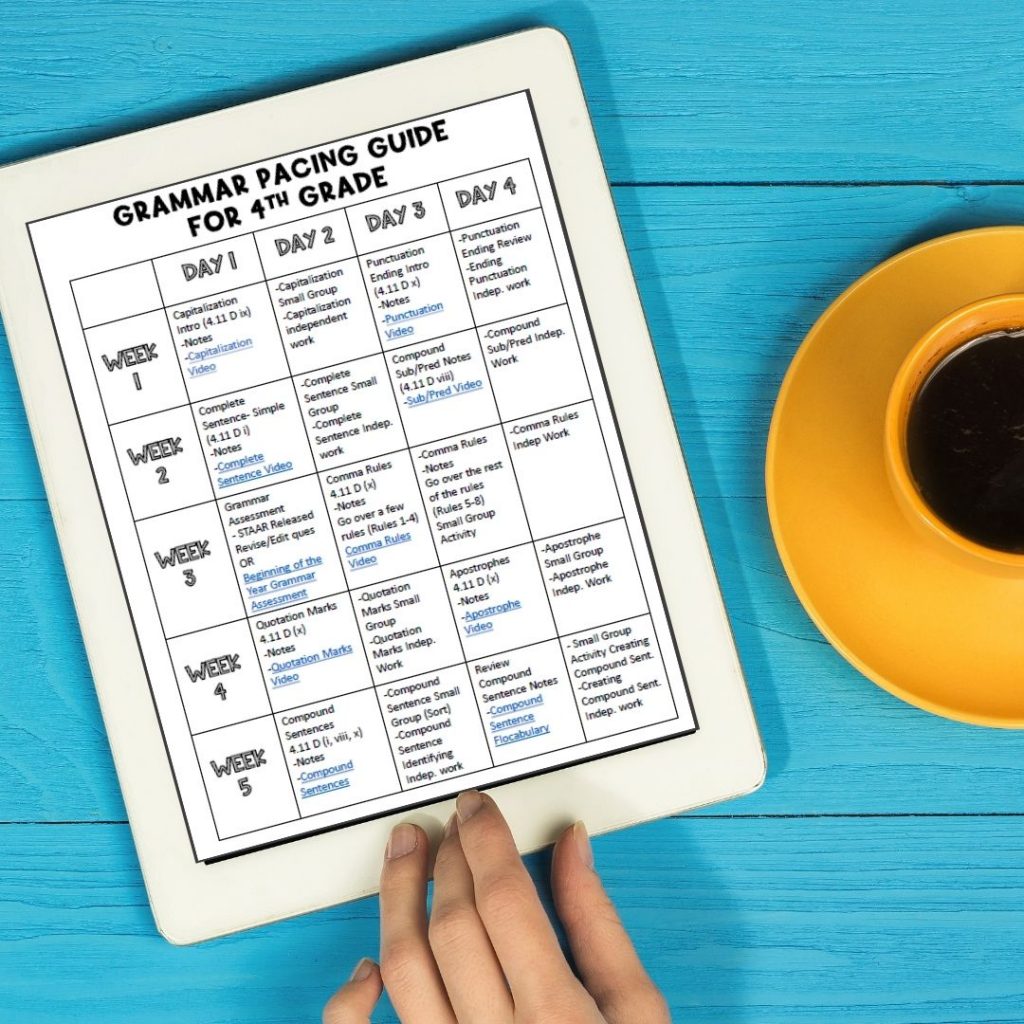Teaching the traditional literature genre can be tough because students and teachers aren’t as familiar with it as other genres such as fiction or nonfiction.
Traditional literature stories are classic tales passed down through years of storytelling.
Texas teachers have to teach the skill to their 3rd-5th grade students. The TEK states, “The student is expected to: demonstrate knowledge of distinguishing characteristics of well-known children’s literature such as folktales, fables, legends, myths, and tall tales.”
Here are a few tips to implement while teaching traditional literature in your elementary classroom:
Use Mentor Text
A variety of versions of traditional tales can be found in short stories, picture books, and novels.
Students enjoy listening to these stories. Fairy tales, tall tales, fables, legends, and myths have been written for a large range of ages, from preschool to upper elementary students. You will find tons of options when searching your school’s library.
For upper elementary students, there are novels and plays that are based on traditional literature stories. For example, the novel Jack by Liesl Shurtliff is a detailed version of Jack and the Beanstalk. Jack novel study
Teach the Vocabulary
Your students must know the vocabulary that goes along with the traditional literature genre. There are five subgenres of traditional literature: fairy tales, tall tales, fables, myths, and legends.
Each of these subgenres have similar features, but there are also some differences among them. It’s important for students to understand these.
Analysis
In order for students to understand the genre, they must practice, practice, practice. Standards require students to identify the author’s purpose, point of view, describe the interaction between characters, and find the moral or lesson in the stories.
Reading different stories and answering higher level questions about the stories will be beneficial.
Task cards are an excellent activity for small groups, so students think and talk about the questions together. Passages work perfectly for independent practice and assessment.
Task cards, passages, and an assessment can be found in my Digital Traditional Literature Bundle.
Compare and Contrast
One fun way to teach analysis in traditional literature is to compare and contrast different versions of the same story.
For example, read the original version of “The Little Mermaid” by Hans Christian Andersen. Then have students compare it to the Disney version.
Also, there are several versions of Aesop’s fable “The Tortoise and the Hare.” Students can read a few and use a Venn diagram to represent their similarities and differences.
Assessment
As with every unit, it is important to assess your students at the end of the traditional literature genre. It is imperative to know which students grasp the concept. On the other hand, you also must know which students need reteaching.
You can use questions that go with a story that you have read aloud or have students read the story and answer the questions on their own.
Implementing different teaching strategies will help your students understand the traditional literature genre.
If you’re interested in other reading blog posts, check out 5 Tips for Teaching Argumentative Text and 9 Fourth Grade Alouds






